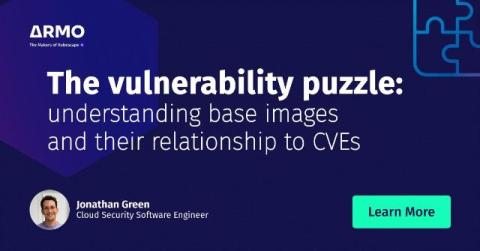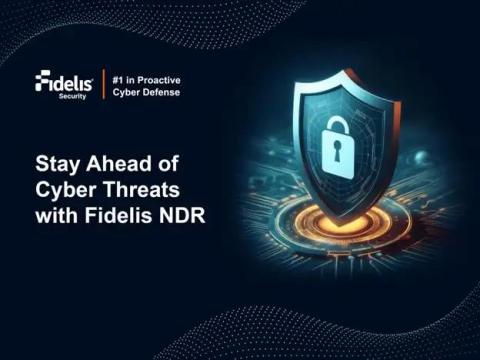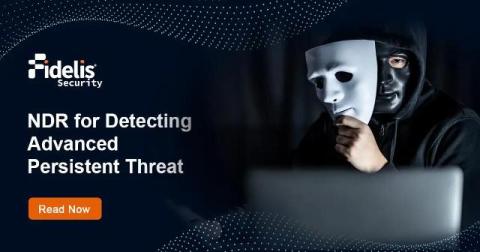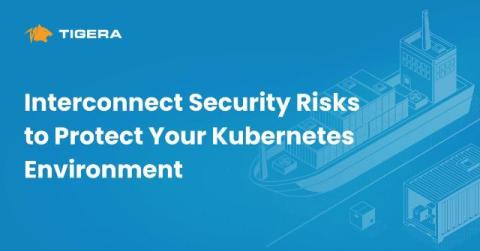Building Zero Trust Security: A Full Implementation Roadmap for Businesses
Today's digital is fast-moving, and businesses face many security threats. Hackers are constantly trying to steal data, with companies often overlooking internal weak spots. The traditional ways of protecting business systems and data don't work anymore. That's where Zero Trust Security comes into play-a fresh approach that says, "Don't trust anything or anyone, unless you can verify they're safe.".











